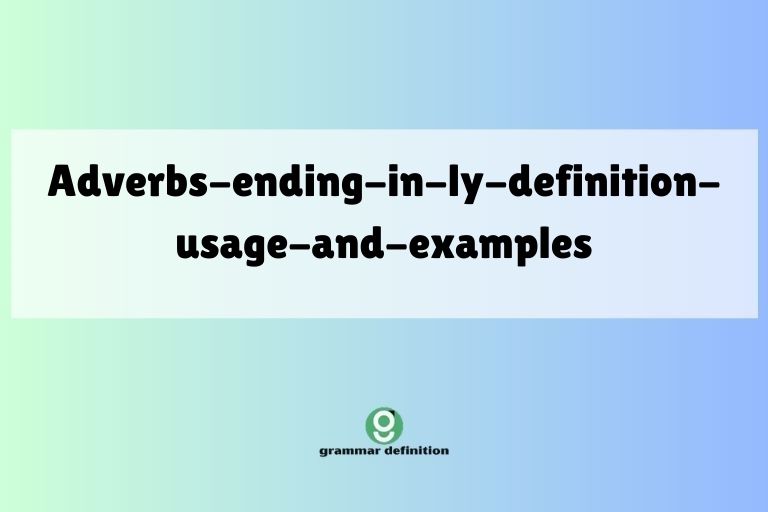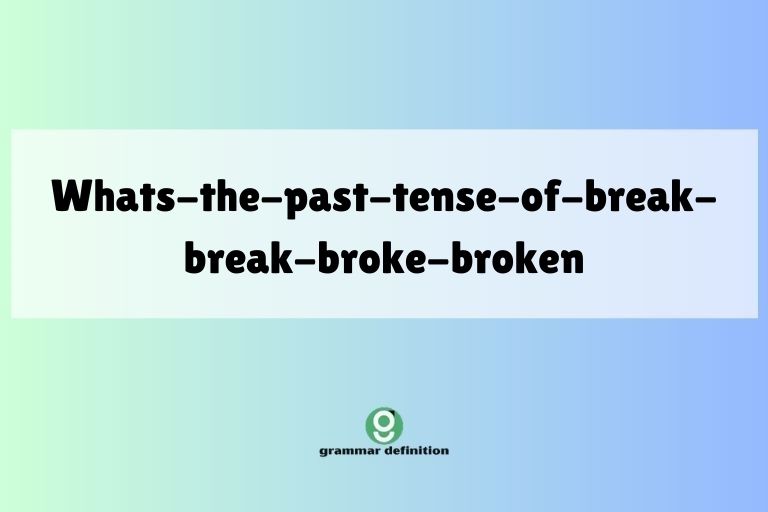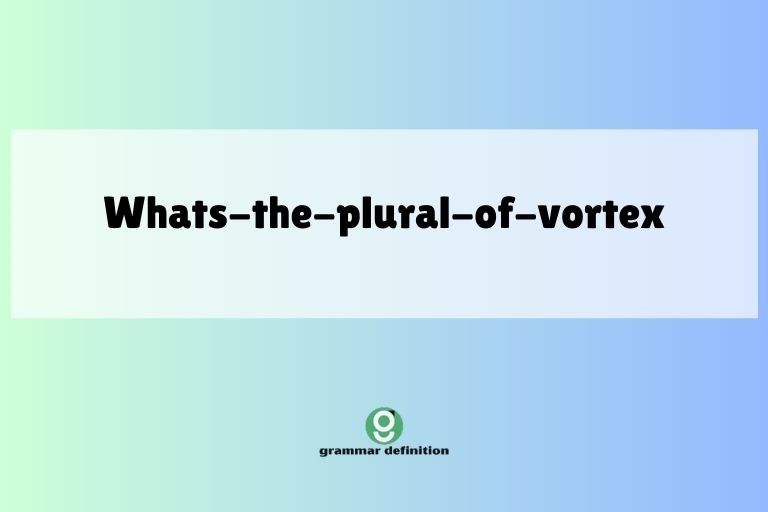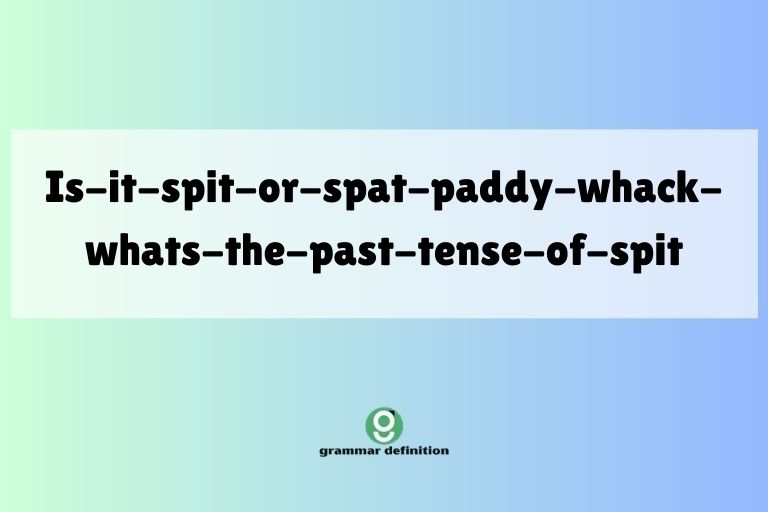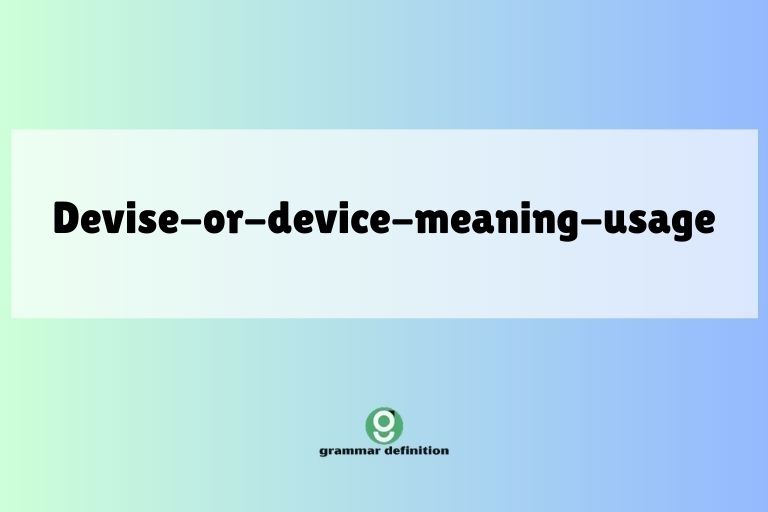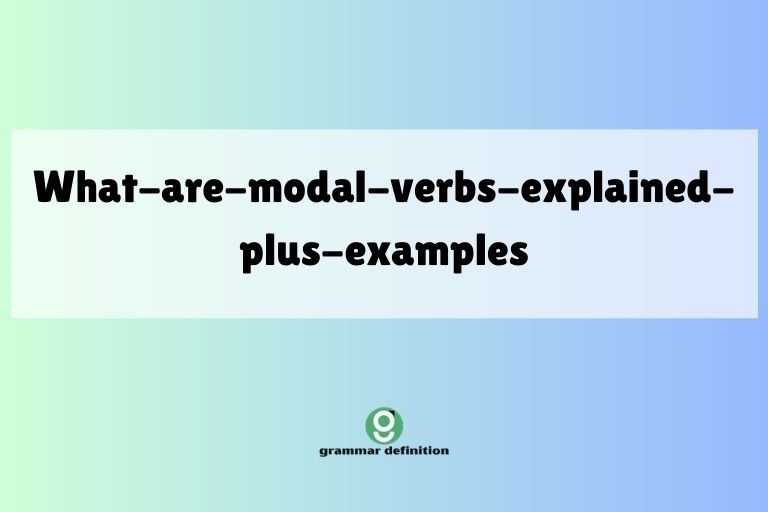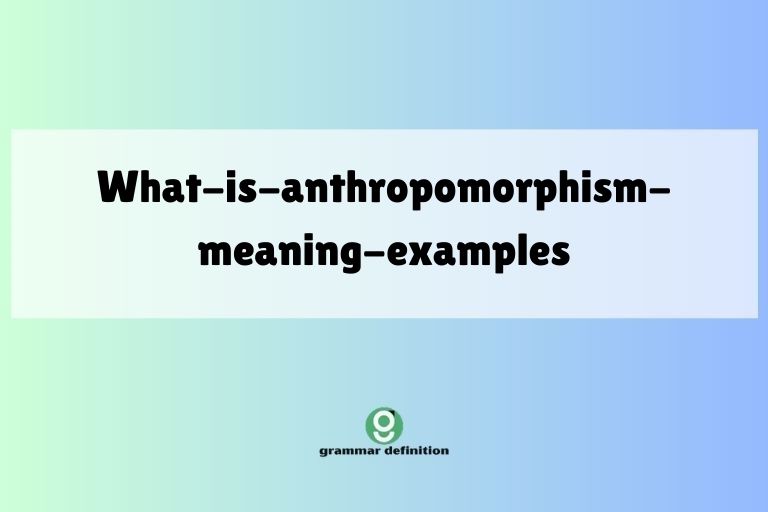Infer vs. Imply: Mastering the Nuances of Communication
Understanding the difference between “infer” and “imply” is crucial for clear and effective communication. These two words, often confused, represent opposite sides of the communication coin. “Imply” refers to what a speaker or writer suggests, while “infer” refers to what a listener or reader deduces. Mastering their usage enhances both your comprehension and expression, preventing … Read more


